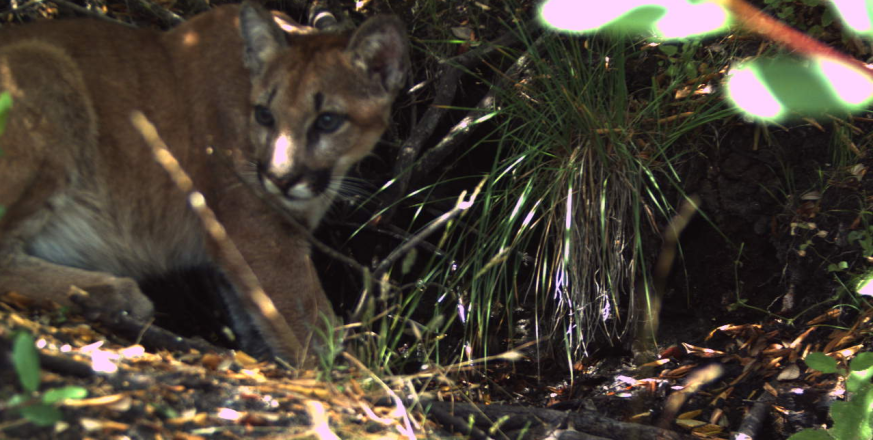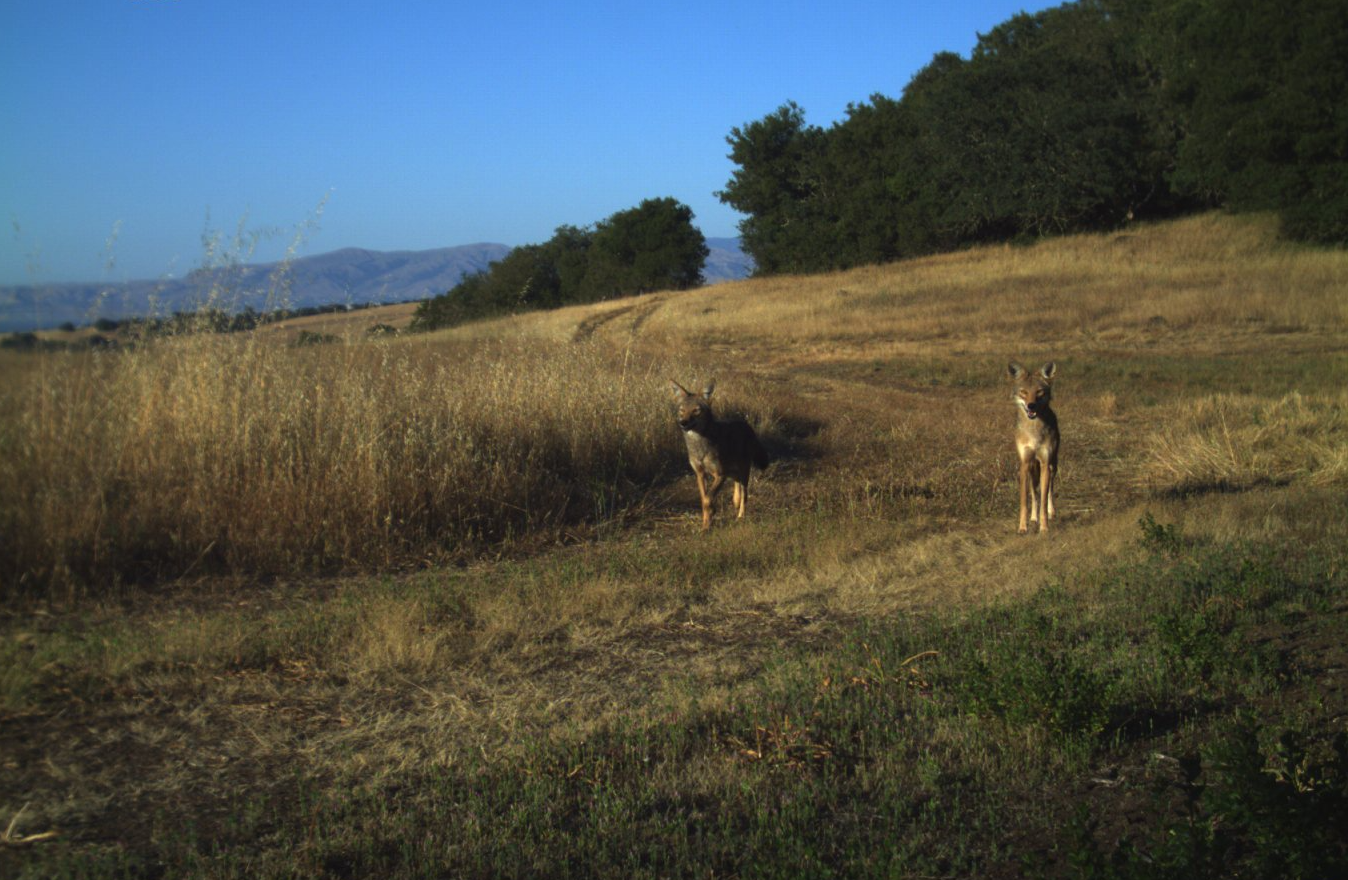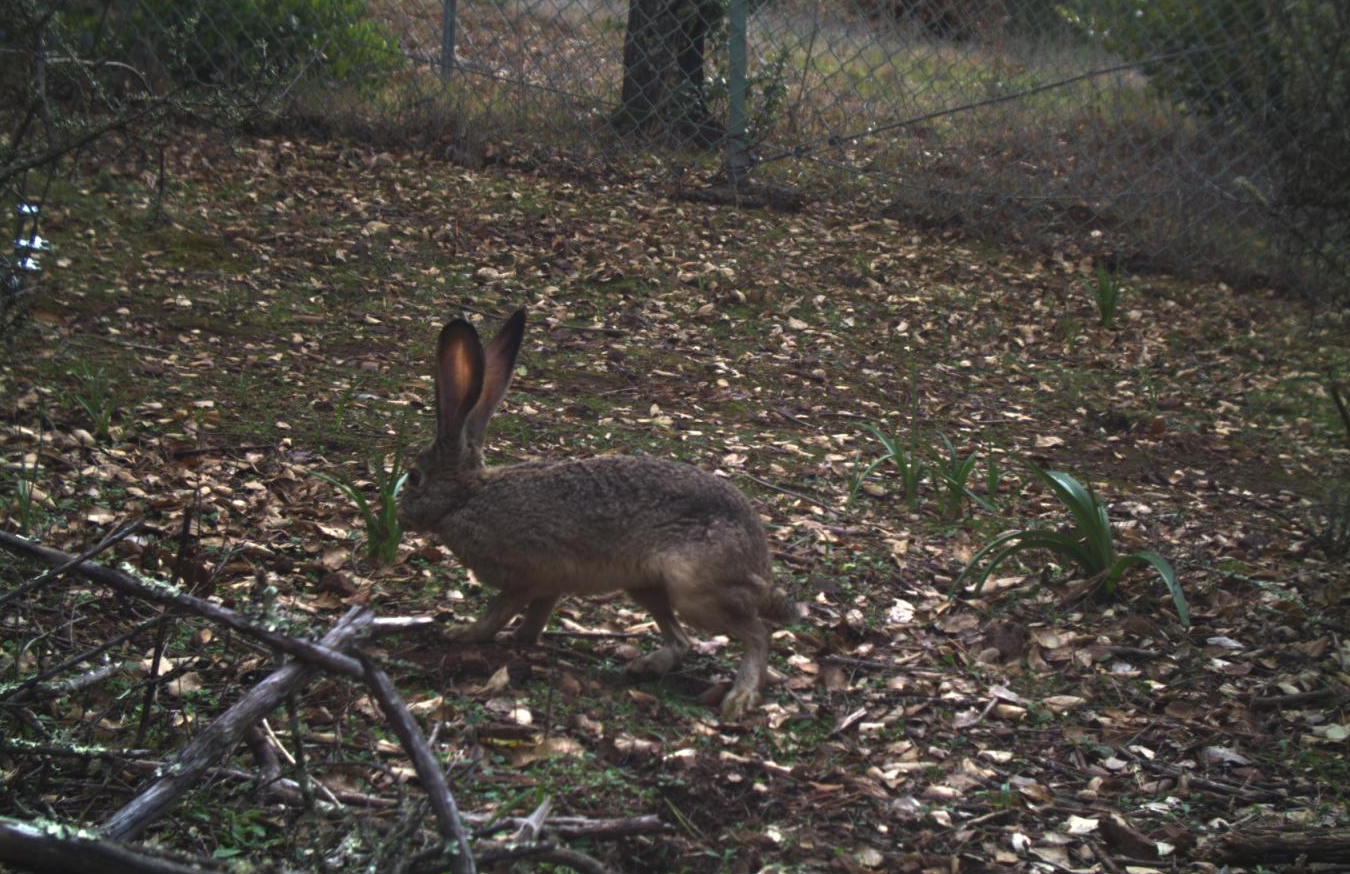Camera trap monitoring of wildlife

Summary
Wireless digital camera traps are providing unprecedented and detailed information on some of JRBP's big unknowns, such as the abundance and behavior of large predators and the nature of biological corridors linking JRBP to other areas. By silently recording whatever passes by--whether a mountain lion, jackrabbit, or even an occasional trespasser--the cameras will help JRBP address many challenges that characterize the wildland/suburban interface. Among those challenges is conveying the role of large predators in ecosystem health while also raising awareness of the possibility of encountering a large predator.
The camera traps have been configured, installed, and operated by Trevor Hebert, JRBP technology specialist. They consist of solar-powered motion-activated cameras that transmit photos for extended periods without servicing; wireless communication stations that rapidly relay photos; and a server that stores photos and metadata. The first two camera traps began operating in 2009 and there are currently 22 cameras permanently in place for long-term monitoring of wildlife at the preserve. A National Science Foundation grant funded most of the project including wireless infrastructure.
By 2016 over 150,000 photos had been collected from the cameras at Jasper Ridge. A database and web-based labeling software were created so that a group of Jasper Ridge docent volunteers could begin tagging the photos with the correct species. The volunteers ultimately labeled 170,00 photos which were then used as a training set for Deep Learning photo classification software developed by students from Stanford's CS341 class. Since then, all the new camera trap photos have been labeled using the software with an average of 93% accuracy, although some checking and correction by humans is still necessary.






